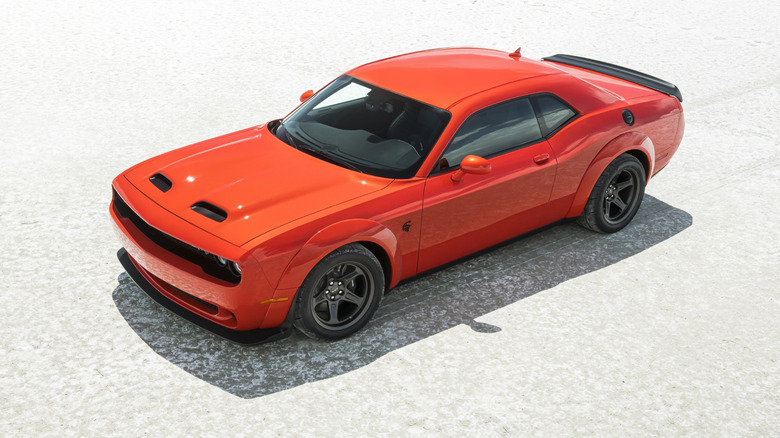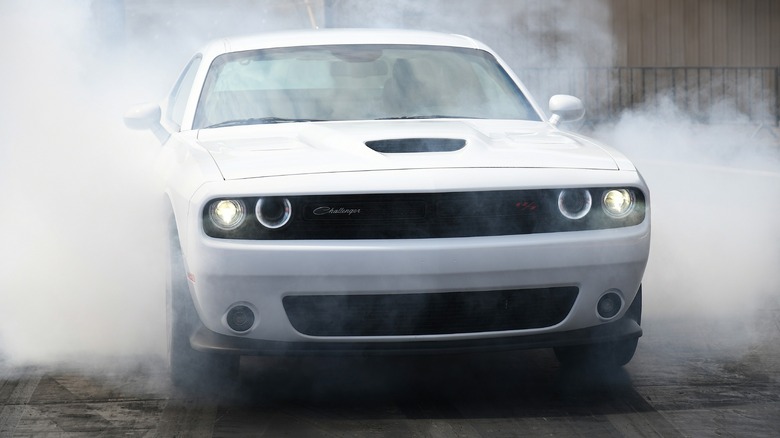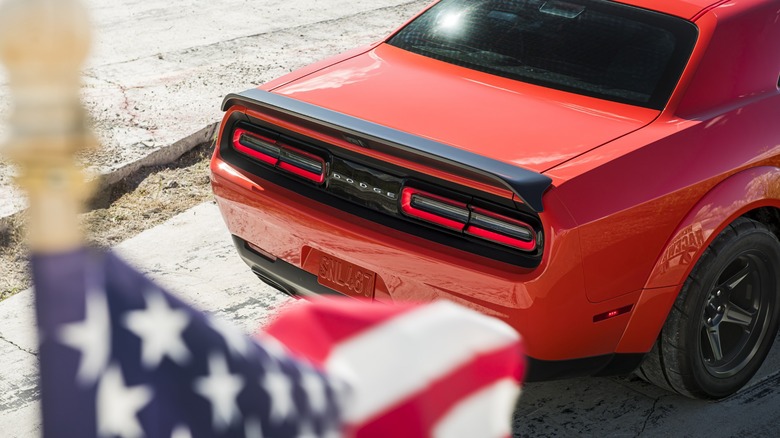Why Are Dodge Challengers Called 'Boats'?
Why would someone call the Dodge Challenger a boat? Well, the name it goes back long before the modern Challenger even existed. Back in the '60s, '70s, '80s people would call heavy full-size American cars boats because of their overall size, their weight, and also their soft suspensions which would make them float over the road, which also made for a ton of body roll while cornering.
Picture something like a Lincoln Continental, a Chrysler Imperial, or a Chevy Impala. Along with being called boats, these cars have also been referred to as parade floats, land yachts, or even barges.
The modern Dodge Challenger, which was sold between 2009 and 2023, is not a luxury cruiser or full-size hauler like the classics mentioned above. In fact, most of those traditional full-size American cars disappeared from the market long ago.
However, the weight and size of the modern Challenger, particularly when compared to its modern muscle car counterparts, have helped earn it the boat name. But as we've found, that hasn't taken the fun factor out of the modern Dodge Challenger.
Why is the Challenger so big and heavy?
Why exactly is the Challenger considered a boat? It all goes back to its underpinnings, the venerable Chrysler LX platform, which was used for the long-running, but now-discontinued Chrysler 300 sedan, as well as the Dodge Charger sedan and Dodge Magnum wagon beginning in the mid 2000s.
The Dodge Challenger joined the LX family in 2008, bringing some heavily retro-influenced muscle car styling, and attempting to take on the Ford Mustang, and eventually the Chevy Camaro, in the thriving modern muscle car segment. Though the designers did a great job with the Challenger's looks, its massive size and hefty weight were undeniable.
The later SRT Hellcat Challenger weighed in at almost 4,500 pounds, much heavier than both the original Dodge Challengers of the early '70s, and its contemporary Mustang and Camaro competition. The boat name, then, is quite fitting, given that the Challenger is so closely related to the Chrysler 300, which itself was designed to be a revival of the full-size, rear-drive American luxury sedan.
Being a boat isn't all bad
Typically, you wouldn't want a high-performance car to be called a boat, with weight being one of the great enemies of performance, and size often contributing to a driving character that's cumbersome and clumsy. That being said, the modern Challenger is not one of those lazy, slow-moving land yachts of the 1970s.
First, Dodge always supplied more than ample power for the car's heft, first with the naturally aspirated HEMI V8s, and later with the supercharged Hellcat engines, and finally, the truly bonkers stuff like the 1,025 horsepower Challenger SRT Demon 170. Second, despite its weight and size, the Challenger received praise for wearing its weight well, even on a race track.
The size of the Challenger's platform also pays dividends when it comes to practicality. It's spacious up front compared to the Mustang and Camaro, and while the latter two have, essentially, shelves for rear seats, the Challenger can fit real adults in its back seat. Its trunk capacity is also superior to most sporty coupes.
If you can deal with its hefty footprint, the Challenger has proven to be a muscle car that's easy to live with. Perhaps the greatest evidence for the Challenger's size and weight not being a major detriment was that during its production run, the Challenger often outsold its smaller, lighter competition from Ford and Chevy. It turns out that, sometimes, being a boat isn't all that bad.


